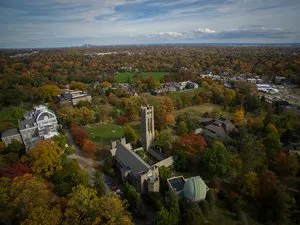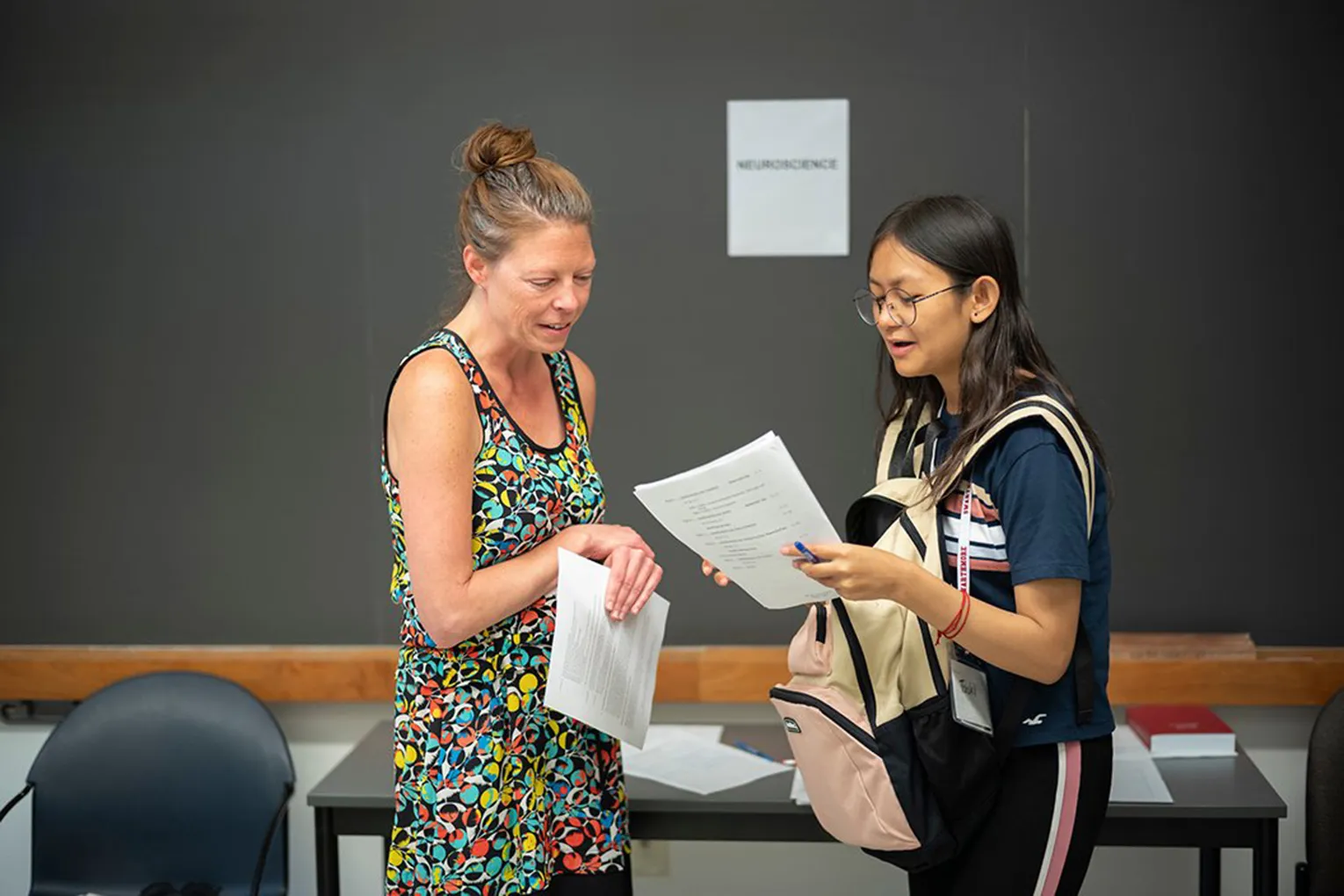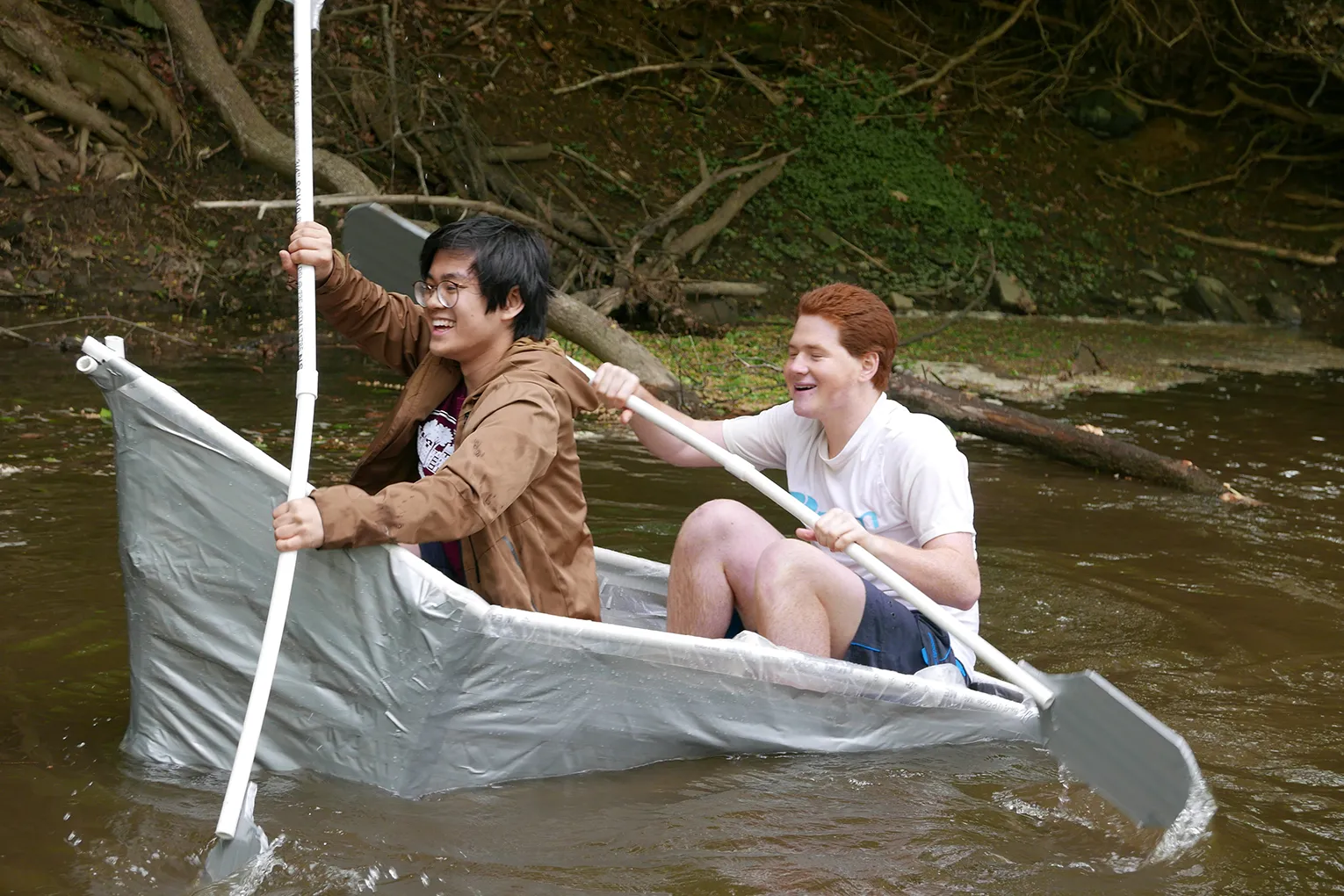Topic: Floating Solid Waste Managementin the Baltimore Inner Harbor
Name: Tim Lang and Mike Noreika
Advisor: Arthur McGarity
Baltimore has a large problem with floating solid waste in its inner harbor. To some degree, this provides environmental and public health hazards, but there are many more severe problems with the water in the inner harbor besides floating solid waste, such as dissolved chemicals and pollutants in the water, which are more harmful in this respect. Rather, floating solid waste contributes largely to a poor aesthetic on the harbor-front, which can decrease tourism and business, as well as general morale. Furthermore, helping the aesthetic situation of the harbor front could also help other environmental situations, because it is a very visible way of creating public value for the waterfront, which could in turn create a sense of pride and desire to improve its quality overall.
We have already been in touch with a friend, Richard Jamison, owner of Transcom Terminals on the harbor, and have arranged a meeting to go down and see the situation first hand. We are told that the vast majority of the waste comes from storm sewage outfalls placed all around the bay. All of the sewage is storm water runoff, because Baltimore has separate storm and human waste sewer systems. Also, our friend Mr. Jamison will introduce us to some people from various local environmental organizations, such as the Chesapeake Bay Foundation, who we would like to get some funding from.
The form of our project will consist of two stages. The first stage, to be completed during the end of this semester, and beginning of next semester, is to collect data regarding the flow characteristics of the outfalls, and the size of floating solid waste that comes out of them. This will help us with our second stage, which is to design a coarse filter that will remove objects ranging in size from Styrofoam peanuts to medium sized tree branches. The ultimate goal would be to have an automated filter system implemented on one outfall by the end of our project, but we intend to break up the design process so that we can present results at every stage. For example, we will design a non-automated system first, and test its performance, then a semi-automated system, and if all works smoothly, maybe even an automated system. The first two would be tested ex-situ, as constant monitoring, or an automated process, would be required for an in-situ implementation. This method will assure that some results are achieved at every step, and in general, even if the ultimate goal of the project is not achieved.
We have already been in contact with Professors McGarity and Othlieb regarding supervision of this project, but if other faculty members are interested we would be glad to hear their opinions.



